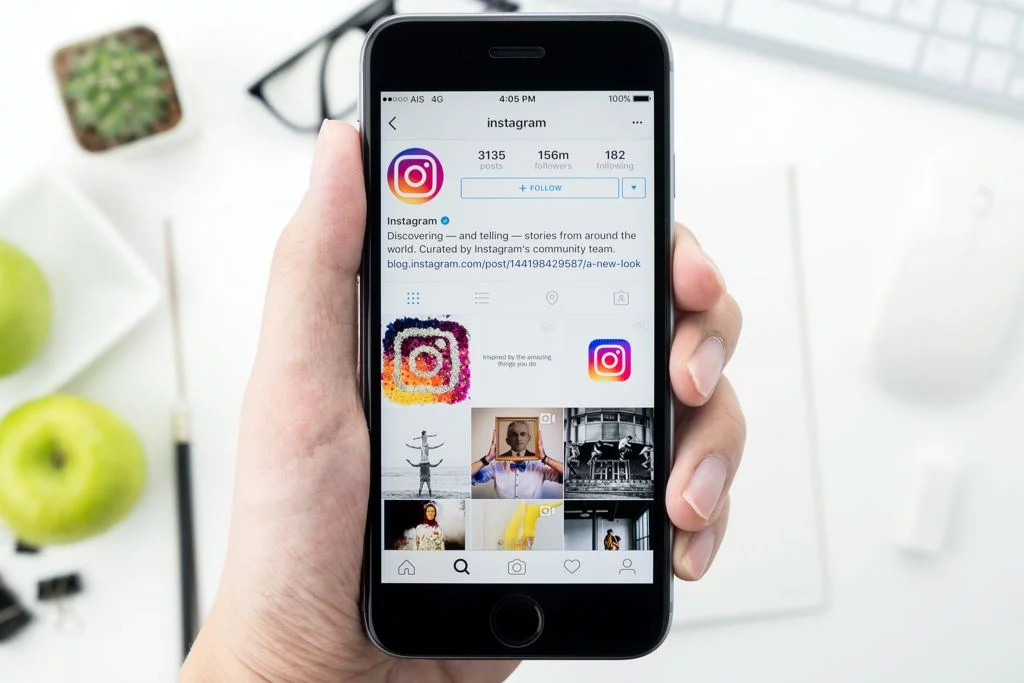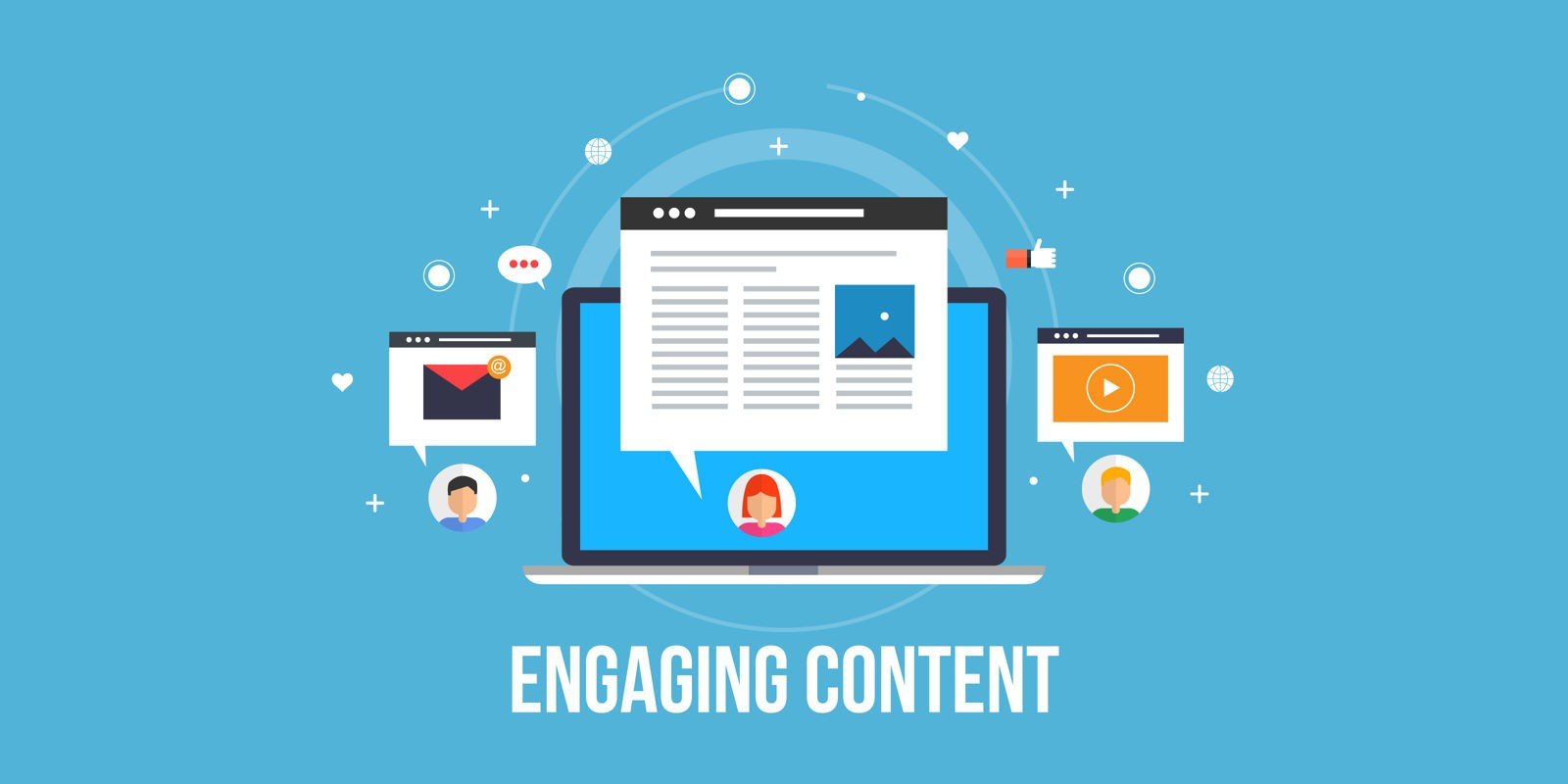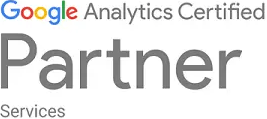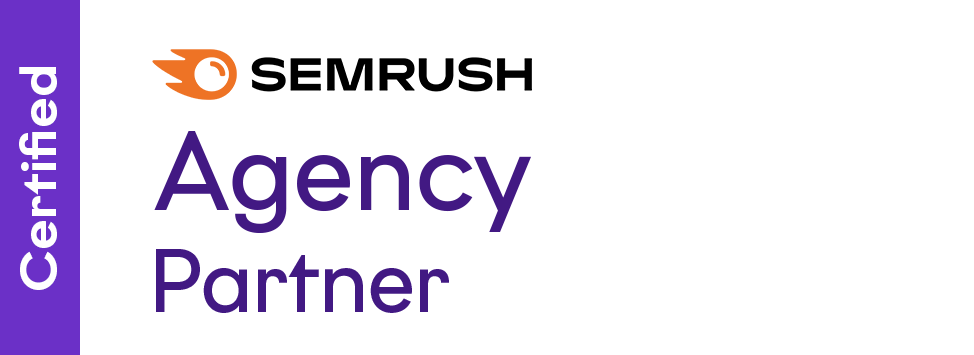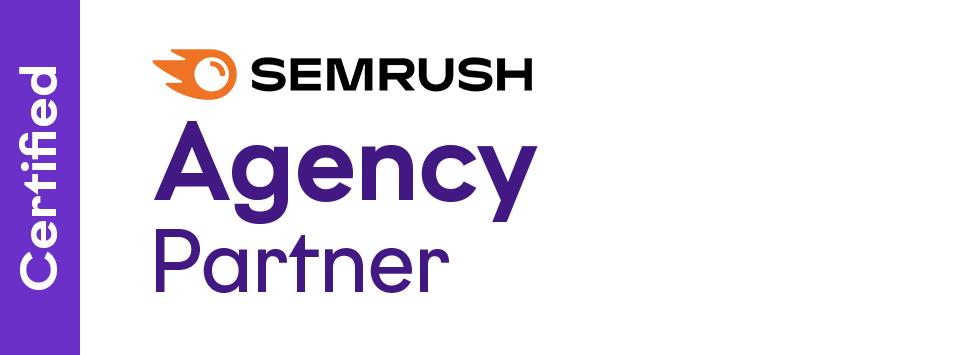As we move into 2024, the way we turn visitors into loyal customers is changing. This guide will walk you through these new, smarter conversion rate optimisation strategies. We’ll focus on making your website a place that people enjoy visiting and want to come back to. By learning and using these methods, you can improve how many visitors become customers and keep them coming back for more.
7 Conversion Optimisation Strategies
1. Advanced CTA Strategies To Boost Conversion Rates
Calls to Action (CTAs) are more than just buttons on a page; they are the gateways to user engagement and conversion. This section will explore how the right CTA strategy can transform passive browsing into active engagement and increase your conversion rates.
- Understanding User Psychology: Learn about the psychological triggers that make CTAs effective. This includes using language that evokes emotion, creating a sense of urgency, or offering something of immediate value.
- Dynamic and Interactive Elements: Explore how interactive elements can make CTAs more engaging. This could include animated buttons, hover effects, or interactive forms that respond to user inputs.
- Personalisation and Context: Discuss the importance of tailoring CTAs based on the user’s behavior, preferences, and the context of their visit. This might involve showing different CTAs based on the pages they’ve visited or the products they’ve viewed.
2. Use Personalisation To Improve Conversion Rates
In a digital landscape crowded with generic content, personalisation is the key to standing out. This section will delve into the advanced methods of tailoring user experiences to individual needs and preferences, demonstrating how a personal touch can lead to higher engagement and conversions.
- Leveraging AI for Predictive Personalisation: Delve into how AI and machine learning can analyse user data and predict what content or products might interest them, leading to highly targeted and effective personalisation.
- Balancing Personalisation with Privacy: Address the crucial balance between providing a personalised experience and respecting user privacy. Discuss strategies for transparent data use and obtaining user consent.
- Real-world Examples and Case Studies: Provide examples of businesses that have successfully implemented personalisation strategies and the impact it had on their conversion rates.
More on this: A Beginners Guide To Personalised Marketing
3. Seamless Shopping Experience
The ease with which a customer can navigate your service or product directly influences their likelihood to convert. This section will discuss the strategies for creating a frictionless shopping experience, focusing on the importance of streamlined processes and intuitive design.
- Streamlining the Checkout Process: Discuss the importance of a smooth checkout process and strategies for reducing cart abandonment, such as guest checkout options, clear progress indicators, and easy navigation.
- Integrating Omnichannel Strategies: Explore how providing a consistent experience across various platforms (website, mobile, in-store) can improve the overall shopping experience and lead to higher conversion rates.
- Leveraging Customer Feedback: Encourage the use of customer feedback to continually refine and improve the shopping experience. Discuss tools and methods for collecting and analysing feedback.
4. Optimise Your Content To Engage Your Audience
Engaging, high-quality content is the cornerstone of any successful digital marketing strategy. This section will explore how effectively crafted content can captivate your audience, enhance your brand’s credibility, and lead to higher conversion rates.
- Creating Compelling Content: Discuss the role of high-quality, engaging content in attracting and retaining users. This might include blog posts, videos, infographics, or interactive tools.
- Storytelling and Emotional Connection: Explore how storytelling and creating an emotional connection can make content more compelling and persuasive.
- Optimising for Search and Visibility: Discuss the importance of SEO and content visibility in attracting the right audience and guiding them towards conversion.
More on this: A Beginner’s Guide To Content Marketing
5. Implement Mobile Optimisation Into Your Marketing Strategy
With the majority of internet traffic now coming from mobile devices, optimising for mobile isn’t just an option; it’s a necessity. This section will cover the latest in mobile optimisation, ensuring a seamless, user-friendly experience that encourages conversion.
- Responsive Design and Mobile Usability: Emphasise the importance of a mobile-friendly design and provide tips for creating a responsive, user-friendly mobile experience.
- Speed and Performance: Discuss the critical role of mobile page speed in user experience and conversion rates. Offer strategies for optimising performance, such as image optimisation and minimising code.
- Mobile-Specific Features: Explore mobile-specific features and technologies that can enhance the user experience, such as touch gestures, geolocation services, and mobile payment options.
6. Leveraging Data for Better Marketing Decisions
In the age of information, data is your most valuable asset. This section will discuss how to harness the power of analytics to understand user behavior, refine marketing strategies, and ultimately increase conversion rates.
- Understanding Analytics: Provide an overview of the types of data that are most useful for understanding user behavior and how to analyse this data to make informed decisions.
- Segmentation and Targeting: Discuss how segmenting users based on behavior, demographics, or other factors can allow for more targeted and effective conversion strategies.
- Continuous Testing and Learning: Emphasise the importance of ongoing testing (like A/B testing) and adaptation based on data and user feedback.
More on this: The Next Generation of Analytics: A Comprehensive Guide to Google Analytics 4
7. Trust and Transparency
In an online world where users are increasingly wary of how their data is used and who they can trust, establishing a transparent and secure environment is not just good ethics — it’s good business. This section will delve into how trust and transparency are not just moral imperatives but strategic advantages that can distinguish your brand and increase conversions.
- Building Trust through Transparency: Discuss the importance of being open about data use, privacy policies, and business practices to build trust with users.
- Security Measures: Talk about the necessary security measures and certifications that reassure users their data is safe.
- User-Centric Approach: Emphasize the need for a user-centric approach that respects the user’s needs and preferences, and how this can lead to higher conversion rates and customer loyalty.
Frequently Asked Questions
How do I determine which CTA strategy works best for my audience?
Employ A/B testing for different CTAs to see which performs better. Monitor click-through and conversion rates to make informed decisions.
What are some practical steps to personalise user experience without infringing on privacy?
Utilise user behavior data while providing clear privacy options. Personalisation should be based on site interaction like page visits and session durations.
What are the most effective types of content to increase engagement and conversion?
Videos, infographics, and in-depth guides generally perform well. Experiment with different content types to discover what resonates best with your audience.
How do I use data to make better marketing decisions without getting overwhelmed?
Focus on key metrics like bounce rate and conversion rate. Utilise platforms like Google Analytics for detailed insights and consider professional help if needed.
Are there specific tools or platforms recommended for implementing these strategies effectively?
For CTA optimisation and personalisation, tools like Optimizely and Unbounce are useful. For analytics, Google Analytics is a comprehensive option.
How do I measure the success of my conversion optimisation efforts?
Compare your metrics before and after implementing changes, focusing on conversion rates, average order value, and customer retention rates to evaluate success.
Final Thoughts
As we navigate the future, understanding and implementing sophisticated conversion strategies are crucial for creating meaningful connections and driving success in the digital realm. By respecting and responding to the evolving needs of consumers, businesses can not only increase their conversion rates but also foster lasting relationships built on trust and value. Remember, it’s not just about numbers; it’s about creating experiences that resonate and convert.
If you’re looking to transform your digital presence and optimise your conversion strategy, our team offers comprehensive digital marketing services tailored to meet your unique needs. Contact us today and let us help you turn your visitors into loyal customers.









